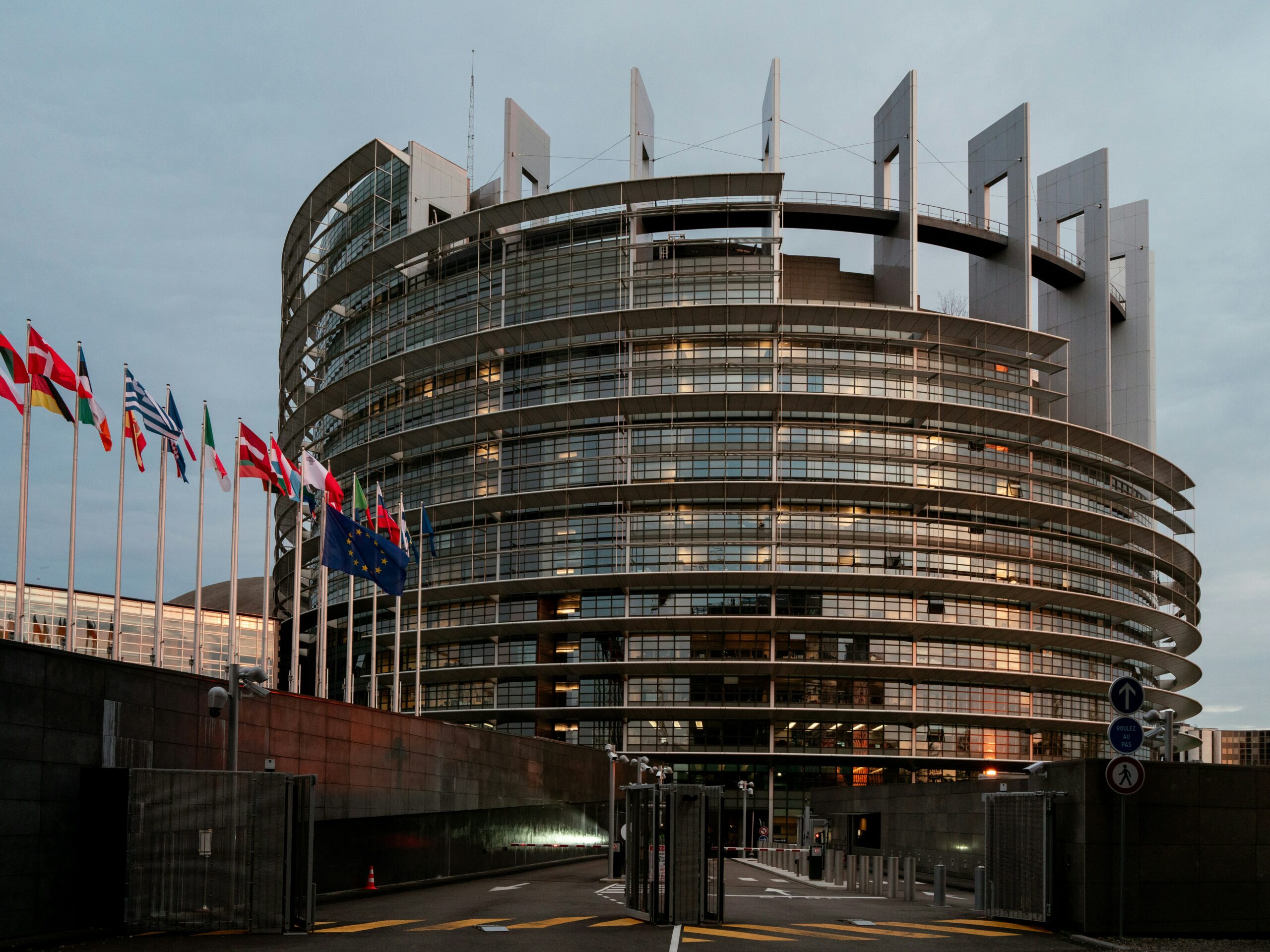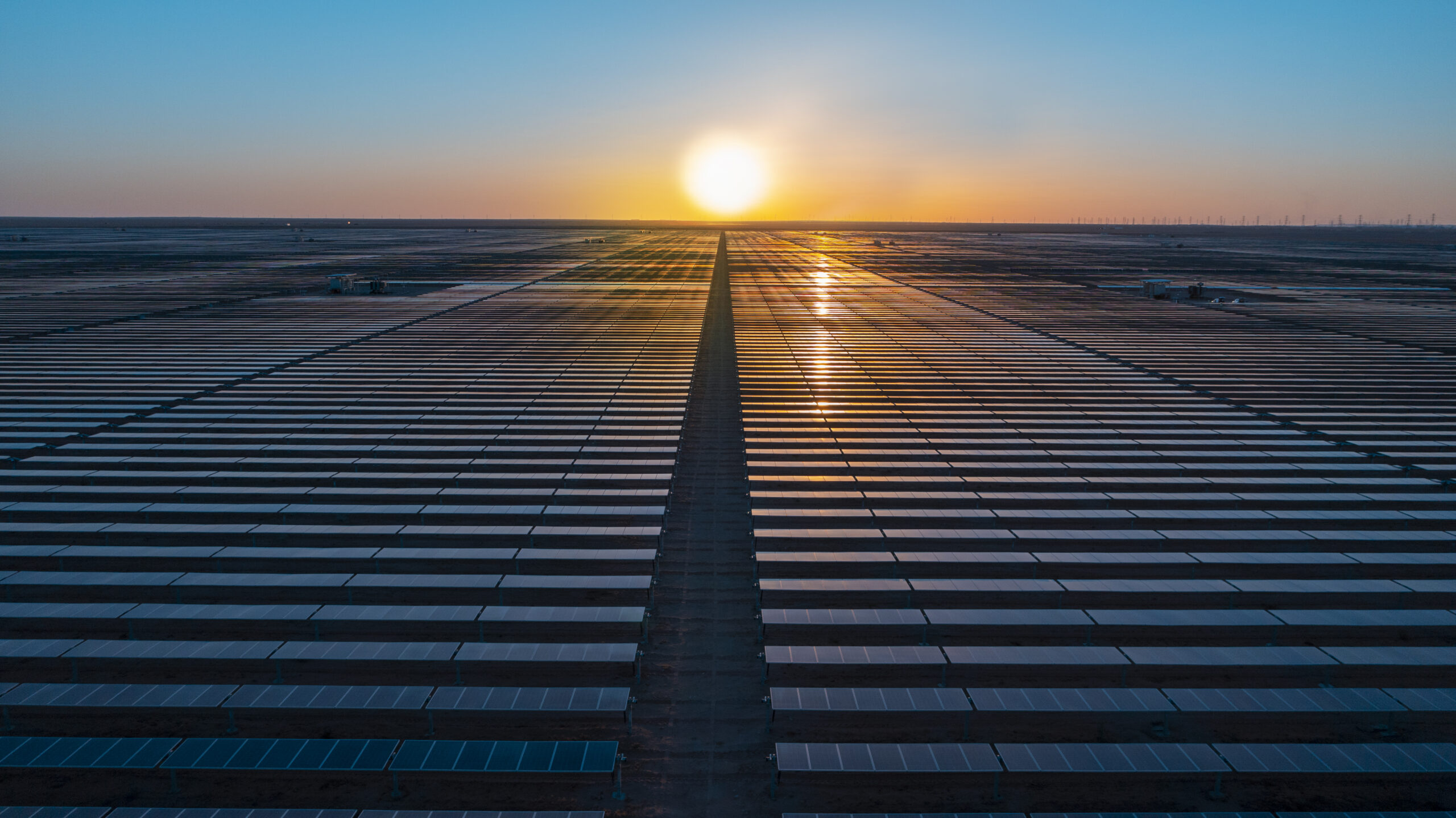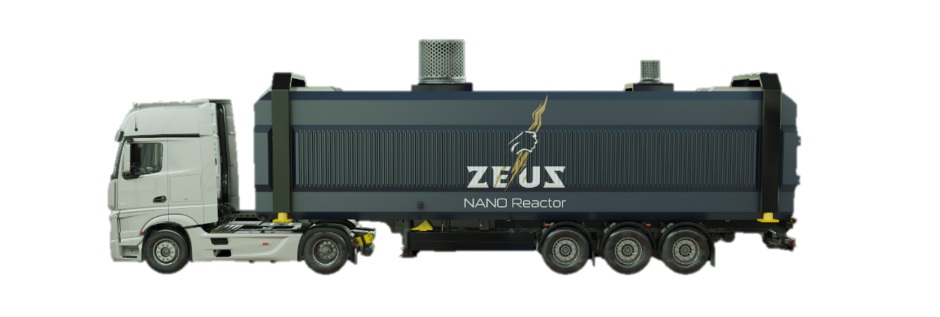Insider Brief:
- The UK is now taking steps to establish a Carbon Border Adjustment Mechanism following in the EU’s footsteps.
- The CBAM aims to lower carbon emissions by penalizing high-carbon goods entering the UK market while also aiding domestic companies lower their emissions.
- These regulations are yet another incentive for companies to aggressively pursue decarbonization policies, creating more business opportunities for the climate tech sector.
While the EU has launched an early version of its Carbon Border Adjustment Mechanism to decarbonize trade inflows, the UK is also taking steps to develop its own CBAM regime.
What are CBAM regulations?
CBAM regulations in different countries all have several shared characteristics, legal experts in the UK and Brussels told Climate Insider.

First, there has been a decline in carbon emissions for many decades in the developed world – but this has often by achieved not by changing processes to minimize carbon emissions, but by offshoring carbon-intensive factories and economic activities in the developing world.
As climate change intensifies, developed countries have become more aware of the need to decrease overall global emissions, not just country-by-country tallies.
Creating CBAM regulations reestablishes the onus on domestic industries to alter their systems and produce less carbon.
Second, experts tell Climate Insider, most regions implementing CBAM regimes usually have a carbon tax or some kind of carbon penalty already in place for domestic industries. These carbon taxes create the economic incentives for businesses and industries to reimagine their operations from the ground up, and ensure environmental regulations are being met at every level.
Third, CBAMs also serve as an import levy, London-based Denton Senior Associate Rupert Ekblom told Climate Insider. In the UK case, domestic industries subject to UK carbon taxes will be more expensive to produce. Meanwhile, those exporting to the country or trading bloc are producing goods that may not be subject to a carbon levy the burden of a carbon levy. These goods would have a price advantage over UK domestic goods.
The CBAM regime attempts to create a level playing field for all competitors, regardless of whether their home jurisdictions have a carbon tax or not.
The EU’s CBAM regime is still in its trial run, and is amending its regulations when necessary, legal experts said. When it enters into its definitive phase on January 1, 2026, companies shipping goods into the EU bloc will need to ‘pay’ for the carbon that was emitted during product manufacturing, by purchasing CBAM certificates for these emissions.
The EU is expecting full implementation of all CBAM regulations by 2034. For now, it is focusing on the following industries: iron and steel, aluminum, hydrogen, cement, and fertilizer.
Moving towards implementation in the UK
In the UK, lawmakers published draft legislation to establish a similar CBAM set of regulations in late April.
The UK government is moving forward with CBAM legislation to lead and encourage other countries to transition to net-zero, via a combination of environmental regulation and international trade policy.
Similarly to the EU’s CBAM regulations, the UK’s CBAM will focus on emissions from the iron and steel, aluminum, and hydrogen sectors. It will also include the cement and fertilizer industries.
However, there is one important divergence from the EU regulations: electricity.
The EU’s CBAM is targeting emissions coming directly from the electricity, but the UK is in a different position energy-wise than the EU.
The UK imports 20 percent of its electricity, with 12.2 terawatt hours imported in 2024. This makes it more difficult for the UK to manage emissions from its electricity sector, and is why electricity will not be subject to the relegations.
CBAMs in other jurisdictions
The UK is not alone in bringing forward CBAM-related legislation.
The new Canadian Prime Minister Mark Carney signaled support for a Canadian CBAM in a speech he gave following his election win. The Liberal Party’s support for a CBAM is clearly spelled out in its electoral platform, and is confident that the CBAM will improve the competitiveness of Canadian products on the global marketplace.
Somewhat surprisingly, there are also moves in the U.S. towards adopting a carbon border adjustment mechanism of a kind.
The Foreign Pollution Fee Act, introduced by Republican Senators Bill Cassidy and Lindsey Graham on April 8, would impose tariffs on high-carbon goods imported to the U.S. by other countries. The bill aims to make U.S.-produced low-carbon goods more competitive on the global market.
Why does it matter?
Carbon border adjustment mechanisms are already having a tremendous impact on trade relationships.
Not only does the legislation provide protections for domestic industries to produce low-carbon goods and not be penalized for the higher costs of these goods, but it is also propelling industries and companies outside of the legislated region to expand their decarbonization efforts.
The impact on climate tech is also clear.
Because CBAM aims to protect domestic industries from unfair price competition, domestic companies in the hydrogen, cement, steel and other industries have the space to experiment with new technologies and new processes to lower their carbon emissions.
This opens the door for climate technologies and companies to expand their client base and generate more revenue, given the incentives in the legislation for companies to decarbonize quickly.
As a result of these policies, foreign companies will also have an incentive to decarbonize. This will also drive demand for climate technologies.
Adoption of carbon border adjustment mechanisms should also come with clear guidelines and programs to transfer technologies to regions lacking in this knowledge, Sustainability Directory noted.
“A fair technology transfer ensures that [the EU] CBAM is not just an environmental policy, but also a tool for fostering sustainable and inclusive global development,” Sustainability Directory wrote.
These policies should include sharing best practices, research findings, and technical know-how, as well as programs supporting countries in developing policies and regulations. Training programs for locals to develop the skilled workforce required to implement these policies is also necessary, Sustainable Development said.
Climate Insider equips infrastructure operators, industrial leaders, and policymakers with the clarity they need to navigate rising energy demands and grid decarbonization pressures. Through our AI-powered market intelligence platform and expert-led advisory, users can identify commercially ready climate technologies, track policy and funding movements, and map critical ecosystem dynamics. Our intelligence framework supports everything from due diligence to strategic integration—grounding high-stakes decisions in credible data and real-world insight.
Ready to take the guesswork out of your climate strategy?
Get expert-backed answers at [email protected] or explore the platform at www.climateinsider.com/data-intelligence to see how we help transform complexity into clarity.








